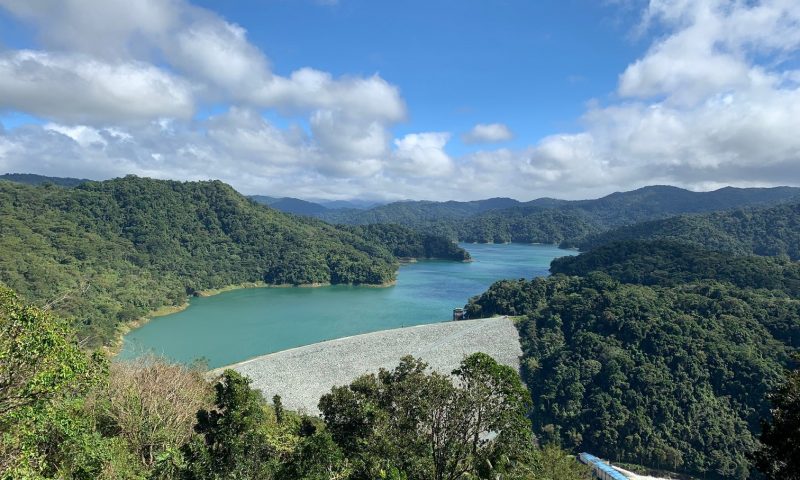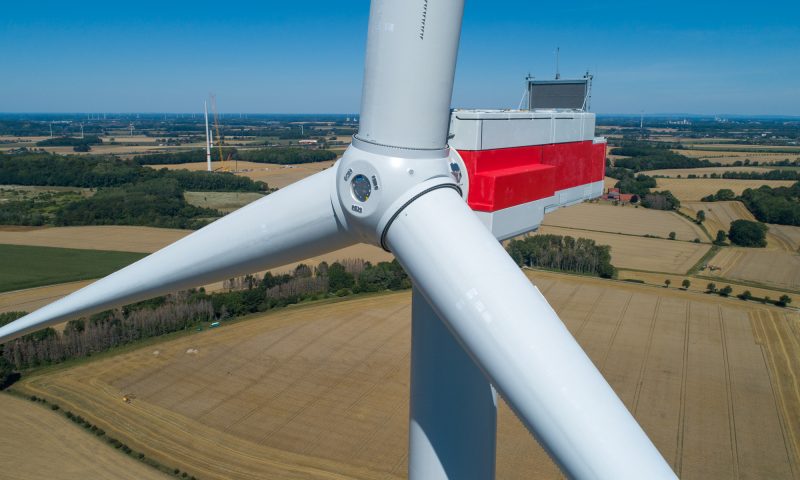
GE Renewable Energy to Support the Clean Energy Growth in the Philippines
GE Renewable Energy booked a contract with Angat Hydropower Corporation to rehabilitate the 218 MW Angat hydropower plant located in the Philippines. This 53-year-old Angat hydropower facility supplies more than 90% of Metro Manila’s potable water needs [1] and supports the irrigation of 25,000 hectares of farmlands in Bulacan and Pampanga [2]. This contract is the first major rehabilitation program since the facility was commissioned in 1967.
GE Renewable Energy’s hydro teams in Europe and the Americas will be responsible for the supply of two new 50 MW Francis turbines, four new 50 MW generators as well as three new upgraded auxiliary turbines and generators. They will be in charge of the assessment of the penstock, the powerhouse and a new control system will also be provided.
GE Renewable Energy will work closely with a local partner, Desco, that will install and commission the Angat plant.
This rehabilitation will be conducted in the best conditions for the customer to limit a power outage of the plant as much as possible, a crucial pre-requisite for Angat Hydropower Corporation as the dam plays a strategic role for the country.
Once fully upgraded in 2023, the power output of the plant will be increased by around 4 % bringing it to 226.6 MW. This rehabilitated plant will provide an additional and reliable source of electricity in the Philippines and secure water needs for the population.
Pascal Radue, President and CEO of GE’s Hydro Solutions said, “I am delighted to start this collaboration with Angat Hydropower Corporation and support the country upgrading its hydropower assets. This new project confirms the presence of GE Renewable Energy in the Philippines, where the energy demand increases by ~7% annually and relies on hydropower to meet the demand. The country is also enjoying a strong economic growth. I am proud that GE Renewable Energy is part of this project that will provide the population with clean energy for many years.”
[1] Source: Hydropower and Dams
[2] Source: Hydroreview













